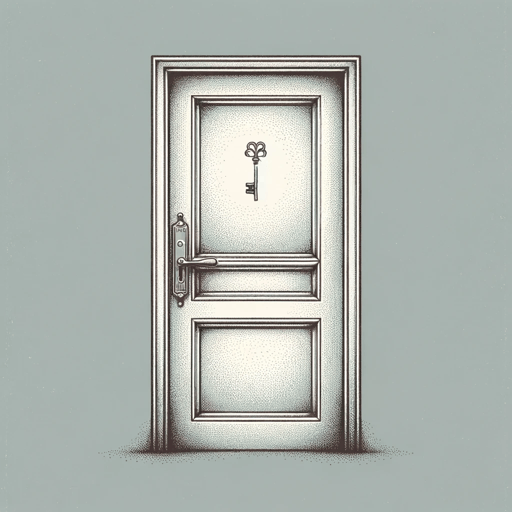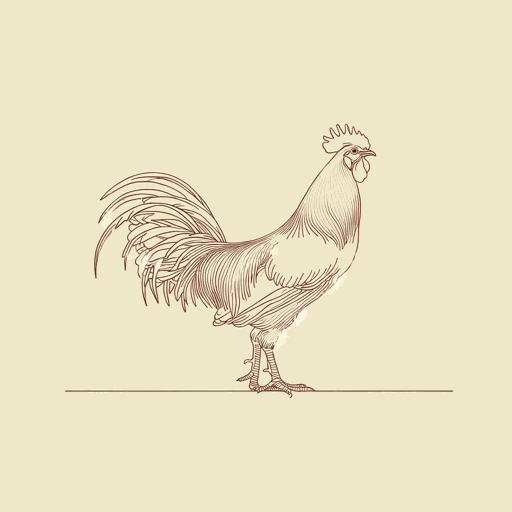74 pages • 2 hours read
Gabriel García MárquezOne Hundred Years of Solitude
Fiction | Novel | Adult | Published in 1967A modern alternative to SparkNotes and CliffsNotes, SuperSummary offers high-quality Study Guides with detailed chapter summaries and analysis of major themes, characters, and more. For select classroom titles, we also provide Teaching Guides with discussion and quiz questions to prompt student engagement.
Before Reading
Reading Context
Use these questions or activities to help gauge students’ familiarity with and spark their interest in the context of the work, giving them an entry point into the text itself.
Short Answer
1. For many, One Hundred Years of Solitude is the most famous and paradigmatic example of the literary movement known as magical realism. What are the characteristics of magical realism? What is the difference between magical realism and fantasy? What other examples of magical realism have you encountered? With what literary and/or historical period is magical realism associated?
Teaching Suggestion: Magical realism is a literary movement usually characterized by the combination of magic and fantasy with elements of realism. In magical realism, magic and fantasy are naturalized into the realist narrative rather than being presented as extraordinary. Perhaps the best way to define magical realism is through discussing the history of the literary movement, which was developed in particular in Latin American “Boom” fiction of the 1960s and beyond. Some of the most famous representatives of magical realism include Colombian Gabriel García Márquez, Mexican Carlos Fuentes, and Chilean Isabel Allende. In the last few decades, however, magical realism has spread far beyond Latin America, and elements of magical realism can be found in the works of authors as diverse as Salman Rushdie, Toni Morrison, Haruki Murakami, and Neil Gaiman.
Related Titles
By Gabriel García Márquez

A Very Old Man With Enormous Wings
Gabriel García Márquez

Balthazar's Marvelous Afternoon
Gabriel García Márquez

Chronicle of a Death Foretold
Gabriel García Márquez

Death Constant Beyond Love
Gabriel García Márquez

Eyes of a Blue Dog
Gabriel García Márquez

In Evil Hour
Gabriel García Márquez

Innocent Erendira
Gabriel García Márquez

Leaf Storm
Gabriel García Márquez

Love in the Time of Cholera
Gabriel García Márquez

Memories of My Melancholy Whores
Gabriel García Márquez

News of a Kidnapping
Gabriel García Márquez

No One Writes To The Colonel
Gabriel García Márquez

Of Love And Other Demons
Gabriel García Márquez

One Of These Days
Gabriel García Márquez

Strange Pilgrims
Gabriel García Márquez

The Autumn of the Patriarch
Gabriel García Márquez, Transl. Gregory Rabassa

The General in His Labyrinth
Gabriel García Márquez

The Handsomest Drowned Man in the World
Gabriel García Márquez

The Story of a Shipwrecked Sailor
Gabriel García Márquez
Featured Collections
Brothers & Sisters
View Collection
Family
View Collection
Fate
View Collection
Hispanic & Latinx American Literature
View Collection
Magical Realism
View Collection
Nobel Laureates in Literature
View Collection
Oprah's Book Club Picks
View Collection
Popular Study Guides
View Collection
Required Reading Lists
View Collection
War
View Collection

